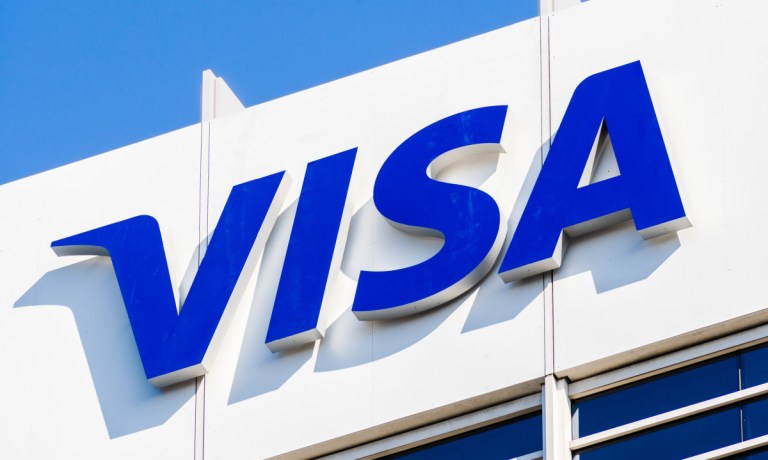
Direct debits have been popular through the decades — across a variety of use cases — especially when it comes to bill payments and subscriptions. Enterprises withdraw money from accounts according to set parameters. Those parameters span dates, or dollar amounts, and tend to be a “set it and forget it” type of experience.
But as Mehret Habteab, SVP and head of products at Visa Europe, told Karen Webster, there’s been no easy path toward making changes during the process, to redefine what a consumer might be paying, or when, and the digital path that governs communicating with those merchants is a friction-filled one. In the U.K., the rise of open banking has led to heightened consumer expectations of choice and power over their transactions, said Habteab. The ability to manage and control how they set up their “mandates” with their service providers is one of the key aspects of Visa’s new A2A offering, an open system that seeks to bolster the use of, and protect account-to-account payments.
Digital account-to-account payments have been a hallmark of open banking but are not limited to that format. Faster payments in the U.K. have grown 15% over the past year, driven by consumer demand for speed and convenience. However, this growth has been accompanied by a rise in fraud. As Habteab told Webster, open banking initiatives have shown promise in enhancing security, but newer payment methods like variable recurring payments have yet to reach their full potential. Visa’s new A2A service aims to address these challenges, leveraging the company’s brand, capabilities and expertise to secure payments between accounts.
According to Visa, the new A2A framework will be based on an open system available for all eligible banks and other industry partners to join. It introduces standards, rules and a dispute management service to help protect consumers and further modernize open banking-based payments. It is being designed in partnership with leading FinTechs in the U.K., including Banked, Modulr, Moneyhub, Salt Edge, Vyne and Yaspa, and will be delivered by key U.K. industry players working with Visa.
Visa A2A also benefits businesses, as near real-time settlement through Pay.UK’s Faster Payment System gives them greater visibility over payments and makes cash flow management simpler. Businesses can also take advantage of digital messaging capabilities, including notifications if a consumer changes or cancels payment permissions. It also provides them with the ability to include more transaction data for reconciliation.
From early next year, banks and businesses in the U.K. will be able to offer Visa A2A to consumers making bill payments such as utilities, rent and childcare fees. In the future, it will expand to managing subscriptions of products and services including digital streaming, gym memberships and food delivery services.
At a high level, said Habteab of the Thursday (Sept. 5) announcement, the payments network is standardizing APIs and connectivity, and by extension is transforming the user experience as individuals interact with merchants and billers. Any payment method — in this case bank-to-bank fund flows — needs guardrails, protections and easy connectivity, said Habteab.
The greenfield opportunity is significant. “But the speed — and the benefits that speed brings,” said Habteab, “have been outweighed by the fraud that we see in the faster payments space.”
There are efforts to make consumers feel more at ease with these payments. In the U.K., for example, regulators have notched the liability for payment service providers and banks for push payments fraud at tens of thousands of pounds. Banks are tasked with safeguarding consumers’ data and vetting merchants and billers.
“What the regulators have done is a great first step,” said Habteab, “but it doesn’t take us where we need to be in order to conduct secure commerce with confidence.” Value needs to be unlocked for all players on all sides of the commerce equations, she told Webster.
These concerns are being integrated into the existing Visa infrastructure, said Habteab, including tokenization and biometrics, to offer account to account functionality when making bill payments via one click options, as consumers can also set spending limit amounts. There’s also a formal dispute resolution process to provide transparency in the merchant/consumer relationship, with a clear delineation of liability.
The natural progression, said Habteab, will be for Visa to roll out A2A to billers already in its network, and then to make the service more broadly available to open banking providers. Along the way, she said, issuers and merchants improve their payments collections, with a minimization of the costs tied to those payments via a more direct relationship.
“There’s something in this for everybody,” said Habteab, who added that “consumers need to feel safe and confident that they have choice and control surrounding their payments.”